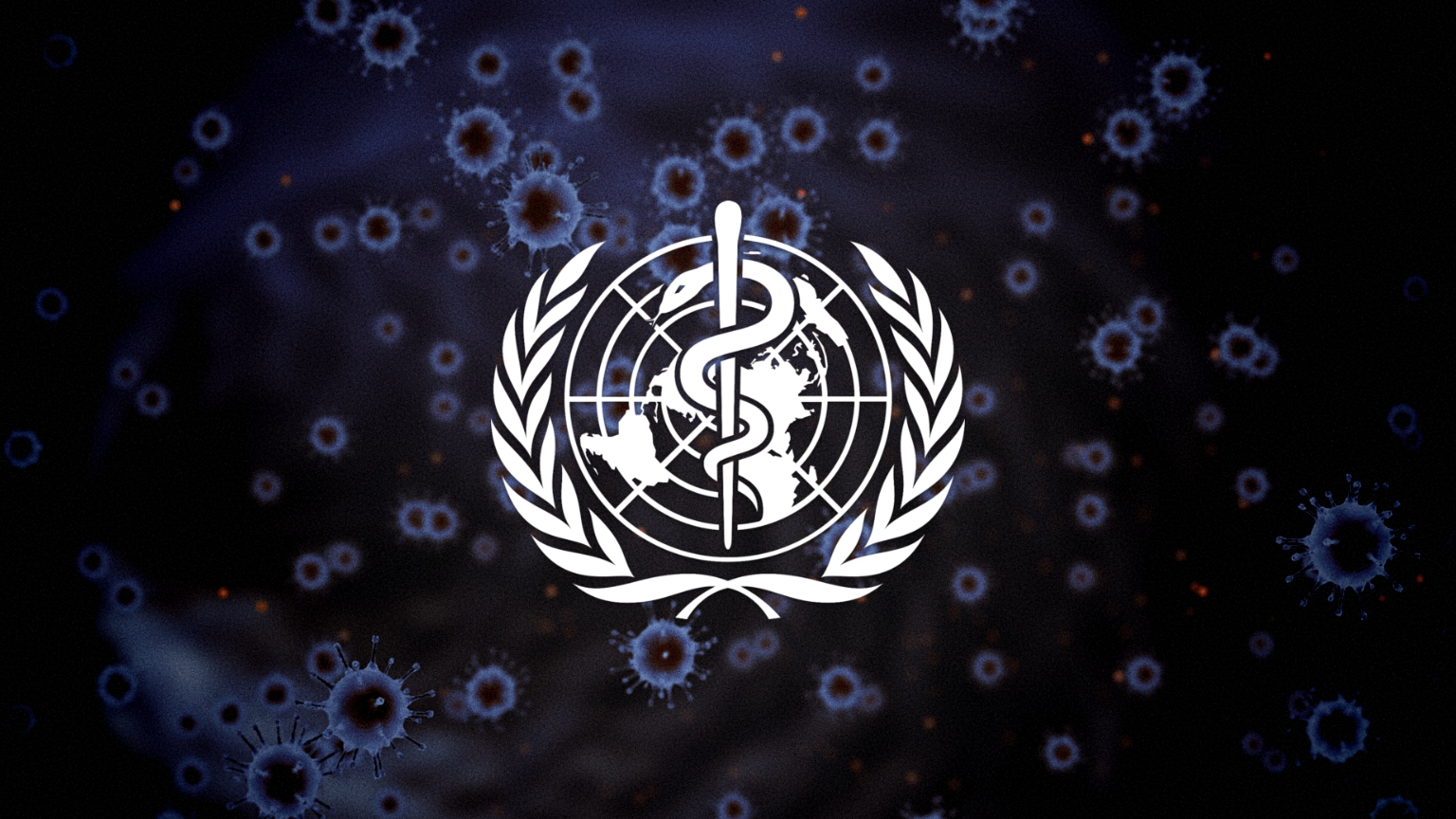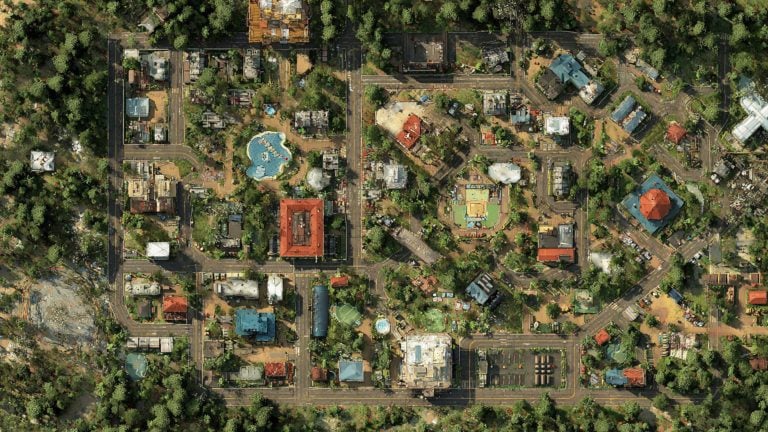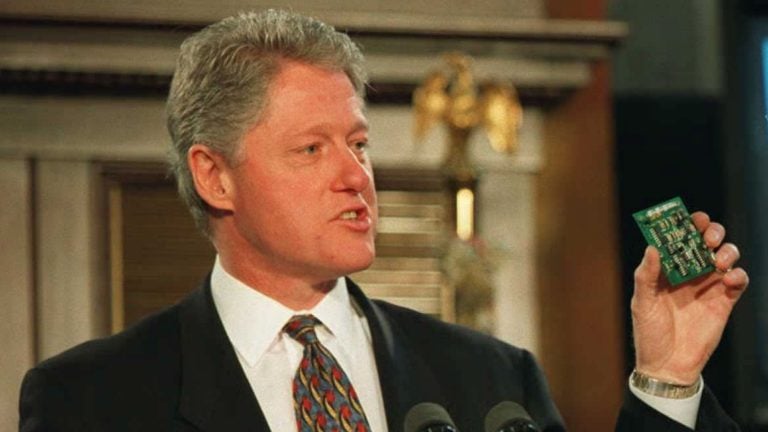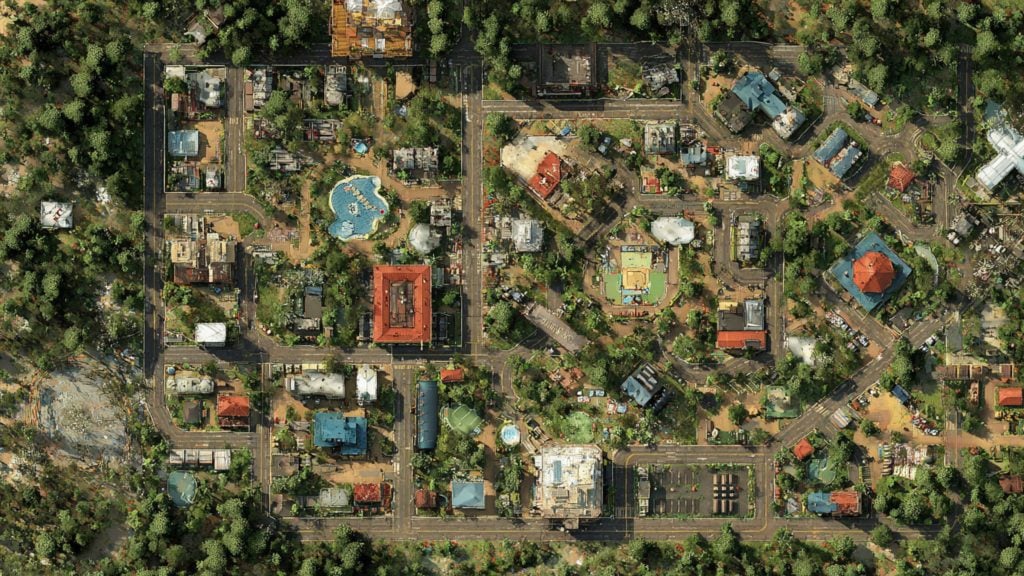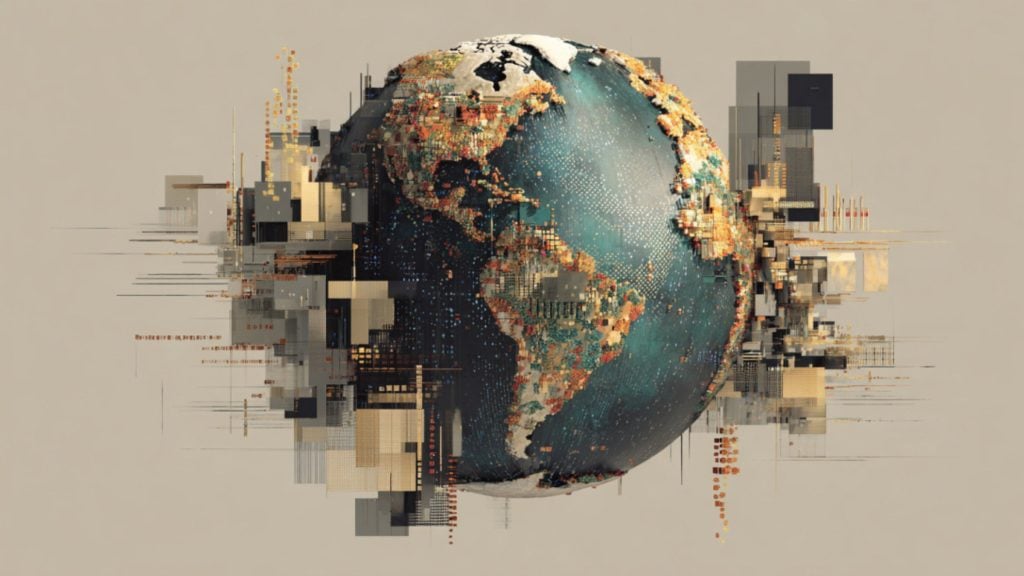The global health agency, the World Health Organization (WHO), this week held a meeting to advance the international pandemic treaty — a legally binding instrument that will enhance its powers to target anything that it deems to be “false, misleading, misinformation or disinformation” if passed.
The scope of the WHO is vast and its 194 member states (which account for 98% of all the countries in the world) will have to comply with the treaty under international law if it passes.
During this meeting, which began on February 27 and ended on March 3, a WHO intergovernmental negotiating body (INB) discussed a zero draft of the pandemic treaty that was released earlier this year.
This zero draft empowers the WHO to target so-called misinformation and disinformation via Article 17 (“Strengthening pandemic and public health literacy”).
Specifically, WHO member states are instructed to “tackle false, misleading, misinformation or disinformation, including through promotion of international cooperation” and manage “infodemics…through effective channels, including social media.” Infodemics is a term that the WHO uses to describe “too much information including false or misleading information in digital and physical environments during a disease outbreak.”
Additionally, Article 16 (“Whole-of-government and whole-of-society approaches at the national level”) recommends that WHO member states collaborate with non-state actors and the private sector when carrying out their obligations under the treaty.
Related: ???? How the term “misinformation” was weaponized as an online censorship tool amid the coronavirus pandemic
As the treaty has progressed, it has faced increased political pushback from elected officials in member states, with US Republican Senators recently introducing a bill that would require the treaty to be approved by two-thirds of the Senate.
But despite this pushback, the Biden administration committed to the international pandemic treaty on the first day of the recent WHO meeting.
And the WHO is continuing to discuss the treaty and plan for its future. The global health agency has another meeting to discuss the treaty scheduled for April 3 to April 6, plans to present the treaty to its decision-making body, the World Health Assembly (WHA), in May, and hopes to finalize the treaty by May 2024.
The WHO intends to adopt the treaty under Article 19 of the WHO Constitution through an international lawmaking process where a group of mostly unelected diplomats vote on the treaty.
If the treaty passes, WHO member states will be required to “raise financial resources for effective implementation” of the treaty and commit to allocating at least 5% of their annual health expenditure to “pandemic prevention, preparedness, response and health systems recovery.” Additionally, the treaty tells member states to commit an undisclosed amount of their gross domestic product (GDP) to “international cooperation and assistance on pandemic prevention, preparedness, response and health systems recovery.” This equates to billions of dollars in annual expenditure for many WHO member states and hundreds of billions of dollars per annum for some.
We obtained a copy of the zero draft of this international pandemic treaty for you here.
This WHO push to crack down on speech via this international pandemic treaty is being made in tandem with another WHO effort that targets “misinformation” and “disinformation” — proposed amendments to the International Health Regulations (2005).
Like the treaty, these proposed amendments will be legally binding under international law if finalized. The amendments include provisions for the WHO to “counter misinformation and disinformation” at “the global level” and to develop member states’ capacities to gain “leverage of communication channels to communicate the risk, countering misinformation and dis-information.”
In a report that was released alongside the proposed amendments to the International Health Regulations (IHR), the WHO suggested it would use its new misinformation and disinformation targeting powers to go after content that could “undermine public trust in health agencies and impede public confidence in, and compliance with, governmental or WHO guidance.” It also called for “a balance between ensuring more accurate scientific information on one hand and freedom of speech and the press on the other.”
We obtained a copy of this report for you here.
As the WHO makes its move to take action against alleged misinformation and disinformation via international law, more and more evidence is being made available that supports the perspectives of those who were censored by Big Tech after being accused of spreading misinformation or disinformation. This evidence includes admissions about the Covid vaccine’s ability to prevent infections and growing support from officials for the Covid origins lab leak theory.
While many were censored by tech platforms for making these claims, the WHO was allowed to freely amplify a misleading claim from Chinese authorities that there was “no clear evidence of human-to-human transmission” of the coronavirus.
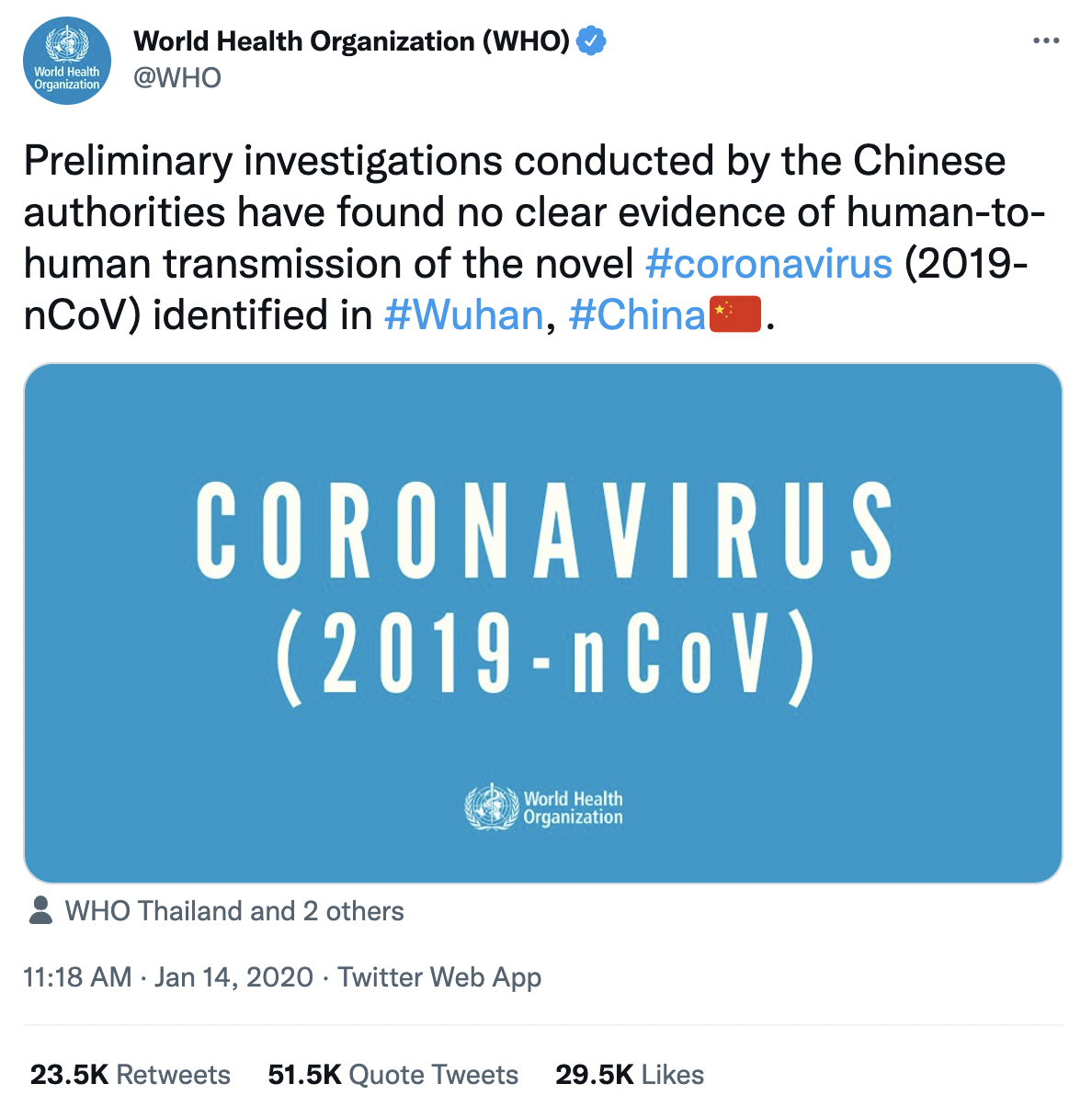
The WHO’s attempt to curb speech is just one part of the power grab the unelected health agency is vying for with this treaty and the proposed IHR amendments. It’s also planning an expansion of its surveillance powers and laying out plans for global vaccine passports.

